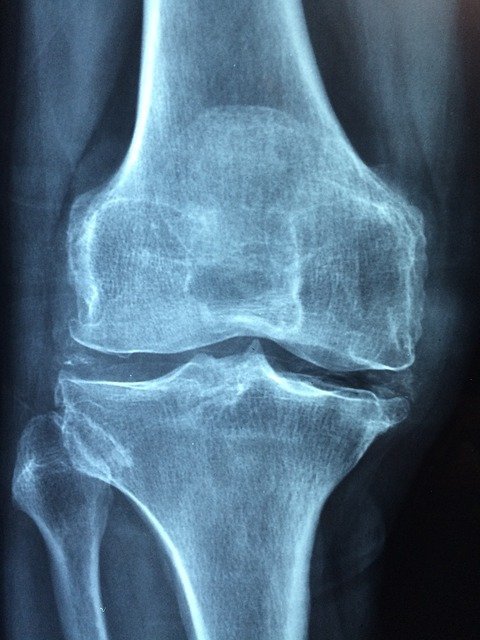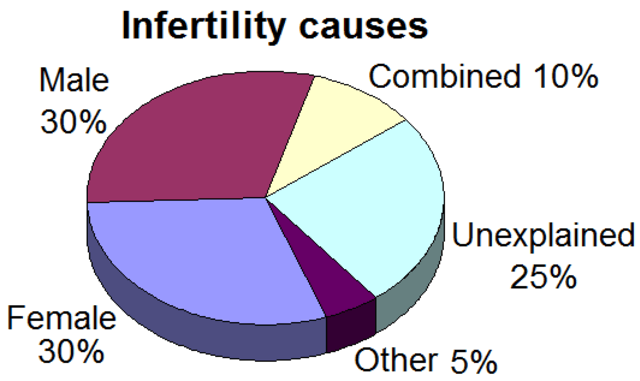- Cupping / Hijama Points Treatment Plan
- Body Part / Function Involved
- Symptoms and Effects
- Dietary Changes
- Changes in Lifestyle
- Alternative Remedies
Information on this site shall be considered as holistic, alternative and spiritual advice only. For medical advice and treatment a GP, medical professional and/or Certified Hijama Therapist should be consulted. In all circumstances where lifestyle changes, supplements, or other foods are suggested your GP should be consulted. Client Safety is the number one priority.
Cupping / Hijama Points Treatment Plan for Diarrhea
Allow 2-4 weeks between sessions – longer if required. Hijama Points shown for each session should ONLY be used to guide the therapist. Body size, cup size, and any other conditions need to considered and appropriate care and attention taken. The number of sessions shown can be increased or reduced depending on the condition of the client.
Complete Treatment Plan
Click here for Session 1Click here for Session 2
Click here for Session 3
Click here for Session 4
Use the standard hijama points as an additional or as separate standalone sessions.
Standard Dry Points – 137,138,139,140
Click here for Hijama Points on the front of the bodyIf the client has a complicated history and numerous concerns then it is a good idea to use our online consultation service – click here.
Which body part or function is involved in Diarrhea?
Diarrhea can be defined as a speedy movement of gastric contents through the bowel. It is loose, watery stools passing three or more times in a day. The secretion and absorption of solutes and electrolytes is a dynamic and finely balanced process, diarrhea occurs when this balance is lost. Human intestines handle a large quantity of water, solutes, nutrients, and electrolytes daily. The main proportion of the fluid coming into the upper small intestines comes from gastrointestinal content with a smaller proportion coming from oral intake.
The intestinal mucosa is a complicated epithelium where secretion and absorption take place simultaneously with electrolytes and water absorption mainly taking place in small intestines. The intestinal mucosa is a semipermeable membrane having pores in the membrane at intracellular junctions. Water transports passively, transcellular absorption of electrolytes creates an osmotic gradient resulting in paracellular movement of water. The key absorptive mechanism is sodium-coupled co-transport of organic molecules such as amino acids, galactose, glucose, and tripeptides. The water absorption mechanism is mainly dependent on sodium transport.
The key sodium absorptive mechanism is active absorption of sodium integrated with the absorption of glucose-mediated through glucose-sodium transporter 1 (SGRT1). Intestinal crypts have luminal bilateral chloride/sodium channels which open when calcium and cAMP levels increase. The opening of these channels results in the net movement of ions such as sodium, chloride, and water. As a result, a slight change in flow across this channel leads to a dramatic increase in secretion. Reabsorption of ions like bicarbonate, chloride is associated with reabsorption of sodium with chloride/bicarbonate exchange pumps present in the colon and ileum. While the small intestine is responsible for water and electrolyte absorption, the colon’s role is significant in the reabsorption of fluid. It is usually the sufficiency of colonic function that governs whether a patient will suffer diarrhea. If the quantity of fluid secreted from the small intestine exceeds the maximum capacity limit of the large bowel (2-3 liters per day), diarrhea occurs. Diarrhea results when this delicate balance of secretory and absorptive processes within the bowel.

What are the symptoms and effects of Diarrhea on the body?
The main symptoms of diarrhea include abdominal cramps, loss of control of bowel movements, and nausea. In general, diarrhea can be secretory or osmotic. Osmotic diarrhea is manifested by excessive accumulation of osmotically active particles in the gut lumen. Underlying causes include mucosal inflammation, motility disorders, and osmotic laxatives. Secretory Diarrhea occurs when there is water secretion by bowel mucosa. Underlying causes include cholera toxin, other infections, structural abnormalities such as microvillus atrophy, and specific electrolyte transport defects such as congenital chloride-losing diarrhea).
Diarrhea is one of the most commonly occurring conditions irrespective of age. The condition can last for some hours to a few days. There are different types of diarrhea depending upon the frequency of stools being passed and the duration of the condition, namely acute, chronic and persistent diarrhea.
1) Acute diarrhea: It is a common problem, lasts for a day or two, and usually goes away on its own.
2) Persistent Diarrhea: It typically lasts more than two weeks but less than four weeks.
3) Chronic Diarrhea: It lasts no less than four weeks. Its symptoms either continue or may appear and disappear.
Causes of Diarrhea
There are different causes of acute, persistent, and chronic diarrhea.
- Acute and Persistent Diarrhea – They are mainly caused by infections, side effects of medicines, and travelers’ diarrhea.
- Infections: Several types of bacteria that enter our body through contaminated food cause diarrhea include Shigella, E.coli, Salmonella, and Campylobacter. Diarrhea-causing viruses are rotavirus, norovirus and viral gastroenteritis is one of the frequent causes of diarrhea. Parasites like Giardia lamblia and Entamoeba histolytica can enter our gut through water and good causing diarrhea.
- Side effects of medicines: Several medicines cause diarrhea as their side effects. Medicines that cause diarrhea include antacids containing magnesium, antibiotics, and anticancer.
- Travelers’ Diarrhea: Taking in contaminated food and drink can cause travelers’ diarrhea, which is most acute. It is caused by persons traveling to developing countries.
- Chronic Diarrhea Causes – chronic diarrhea include food allergies and intolerances, infections, abdominal surgery, digestive tract problems, and long-term use of certain medicines.
- Food allergies and intolerances: Allergy to certain food items like seafood, cereal grains, soy, cow milk, and eggs, lactose intolerance (from milk and dairy products), and fructose intolerance (fructose-containing fruits and vegetables) also cause chronic diarrhea.
- Infections: Certain parasites do not go away easy, causing chronic diarrhea
- Abdominal surgery: Chronic diarrhea can be caused after the operation of small intestines, large intestines, gall bladder, spleen, pancreas, and liver.
- Digestive tract problem: Certain digestive tract issues such as ulcerative colitis, Crohn’s disease, calcium disease, irritable bowel syndrome, can cause chronic diarrhea.
- Long-term use of medicines: Some medicine when taken up for a long time duration can cause chronic diarrhea by disrupting the gut flora and increasing the chance of attack pathogenic bacteria.
What changes in diet can help improve symptoms of Diarrhea?

During diarrhea, there is significant water loss from the body, so fluid replacement is recommended to avoid severe dehydration. There should be an intake of 2-3 liters of water per day, fruit juices and other juices are used to provide sodium, potassium, and other electrolytes. Potatoes, bananas, white rice, white toast, and yogurt should be taken. Food items that increase the gas or severe symptoms should be avoided like spicy, fatty or fried foods, raw vegetables and fruits, caffeinated drinks such as coffee and tea, beans and cabbage.
Changes in lifestyle which can help Diarrhea
Personal Hygiene is one of the major factors that can prevent the spread of diarrhea. Therefore, hand washing is an effective way of avoiding the spread of diarrhea-causing viruses and bacteria. One should wash his hands before meals, after using the toilet and changing nipples for infant bottles. Food should be properly refrigerated to avoid spoilage. Eating raw meats, fishes, and shellfishes should be avoided, instead, meat should be cooked thoroughly. Stovetops, benchtops, and chopping boards should be routinely cleaned with disinfectant.
Possible alternative remedies for Diarrhea
Probiotics help to shorten the bout of diarrhea. Probiotics are live microorganisms that are beneficial for our digestive system. Due to diarrhea, healthy microbes are lost from the intestines and the stomach that’s why probiotics like the yeast Saccharomyces boulder and bacteria (Bifidobacterium and Lactobacillus) provide a good source to replace these useful microorganisms and help to regain normal bowel function. Saccharomyces boulder is very useful with antidiarrheal properties. During diarrhea yogurt which is a source of probiotics should be taken while other dairy products should be avoided.




